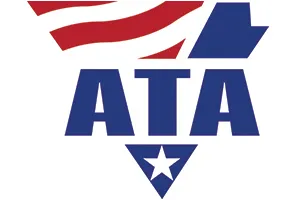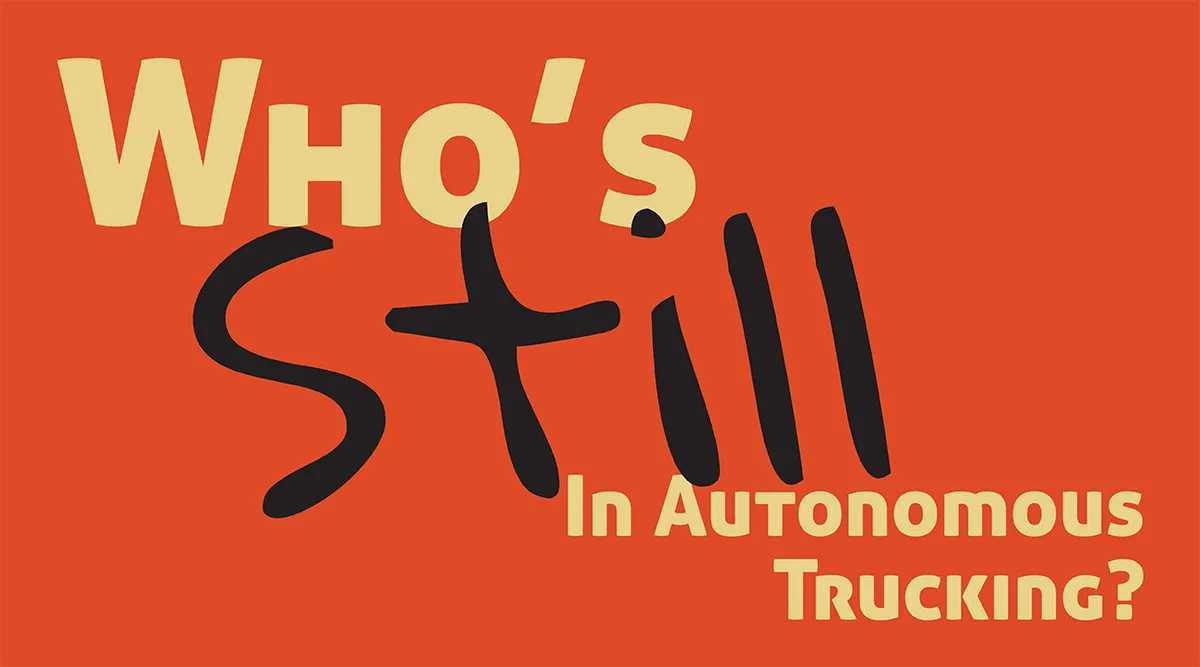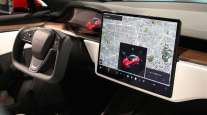Senior Reporter
Aurora, Waymo Seek Alternative to Roadside Warning Triangles

[Stay on top of transportation news: Get TTNews in your inbox.]
Drivers whose trucks are sidelined along a busy highway with service issues have for decades been required to place warning triangles behind the trailer to alert oncoming traffic, sometimes requiring them to walk precipitously in the often narrow space between the trailer and the highway as traffic whizzes by.
Now, a potentially easier and safer option is being proposed by two unlikely sources — autonomous technology developers Aurora and Waymo — and the idea has backing from the trucking industry.
The companies in a petition filed in January 2023 with the Federal Motor Carrier Safety Administration asked how those triangles would get placed roadside if an autonomous truck were ever sidelined along a highway. Their proposed solution: front- and rear-facing amber lights that would signal the vehicle is parked and out of commission.
“Waymo and Aurora seek an exemption from the regulations that require specific placement of warning devices around a stopped [commercial motor vehicle],” the companies said in the petition. “Waymo and Aurora believe it is possible to achieve the safety purpose of the warning device in an alternative way by using forward- and rearward-facing amber flashing lights mounted on the cab at a height above the upper edge of the side-view mirrors.” While Waymo is no longer actively developing self-driving trucks for North America, Aurora and others are still actively pursuing the market.
The two companies in the petition said they have tested variants of such devices and maintain that the cab-mounted warning devices are “equally or more effective in enabling road users to recognize and react to the potential hazard presented by the stopped CMV.”
When we talk to our drivers, they talk about the scariest problem in trucking — how to get out of the vehicle on the highway when other vehicles are flying by.
Jake Martin, Aurora spokesman
Image
So far, FMCSA has not responded to the petition. However, American Trucking Associations on July 24 issued a letter to FMCSA voicing support for the proposal.
“FMCSA should grant this exemption, collect the data needed to evaluate the five-year exemption and consider potential renewals, and use the data to determine a long-term regulatory approach to warning triangle alternatives that is as safe or safer than the current regulations,” ATA said in a letter to Larry Minor, the agency’s associate administrator for policy. Specifically, ATA said the agency should permit driverless truck manufacturers to use an “alternative lighting solution” in lieu of the triangles.

Already, trucks operating in speed zones and police parked alongside highway accidents use flashing lights to warn motorists to slow down, according to Aurora spokesman Jake Martin, who is “cautiously optimistic” the agency is going to eventually approve its petition.
“This is not a new problem for truck drivers,” Martin said. “When we talk to our drivers, they talk about the scariest problem in trucking — how to get out of the vehicle on the highway when other vehicles are flying by.”

►Who's Still In Autonomous Trucking?
►Clevenger: Autonomous Trucking: A Rapidly Shifting Landscape
►Company snapshots: Aurora | Kodiak | Torc | Waabi | Stack AV | Gatik | Plus | Einride | Forterra | Outrider
►From November 2022: Who's Who in Self-Driving Truck Development
Martin noted that while Aurora currently has drivers in the cab of its automated trucks, the day is nearing when the trucks will travel unmanned. “We want to make sure that our truck drivers are safe if something goes wrong on the road, but we’re also getting close to pulling the driver. We plan to go driverless on public roads by the end of this year.”
ATA noted the request has implications beyond autonomous operation.
“The exemption they requested could be used by anybody who doesn’t want their drivers to be getting out at roadside placing triangles during which there is some inherent danger,” said Kevin Grove, ATA’s director of safety and technology policy.
“This triangle regulation has been the one that is really a tough fit for the autonomous industry,” Kodiak Robotics spokesman Dan Goff said. He noted that no safety research was conducted when the long-standing regulation was initially implemented. Today, he said many truck drivers don’t want to place the triangles for safety reasons. “People do get hurt every year when placing triangles,” Goff said. “Maybe it’s time to move past the warning triangles.”
Want more news? Listen to today's daily briefing below or go here for more info:





